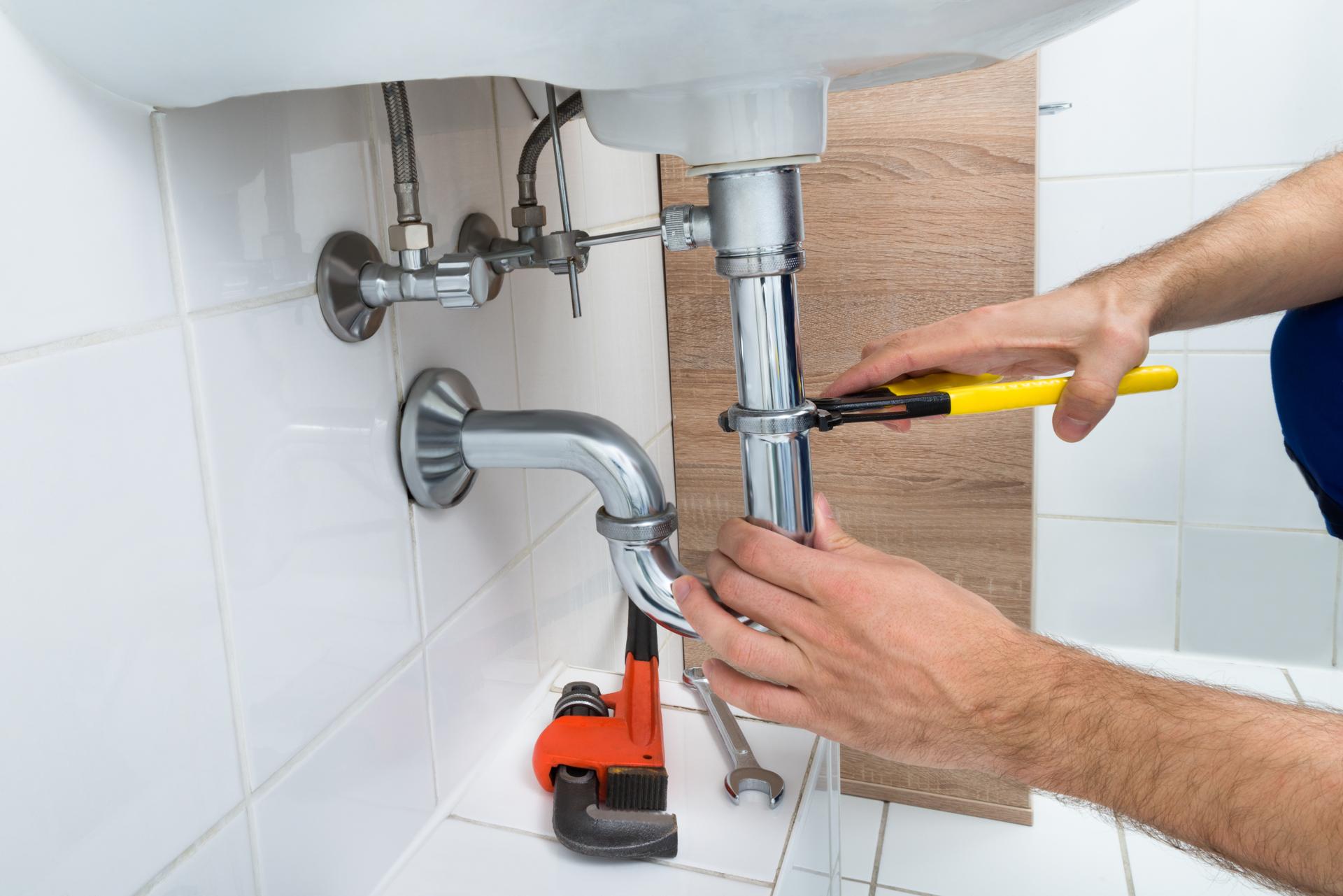The Ultimate Guide to Replacing Your Plumbing and What to Expect

Plumbing is an essential component of any home that provides us with clean water for drinking, cooking, and cleaning, as for the disposal of wastewater. Like any other appliance in your home, plumbing will eventually get old and need to be replaced.
Understanding when it’s time to upgrade your plumbing essential to prevent costly repairs and prevent health risks. We’ll discuss the signs that suggest that your plumbing requires to be replaced, the factors to take into consideration prior to replacing your plumbing the process of replacing your plumbing as well as the benefits in replacing the plumbing, and an FAQ section to answer any questions you might have.
There are signs that it’s time to Replace Your Plumbing
There are several common indicators that suggest your plumbing is in need of being replaced, including: Leaks If you see the presence of water stains or puddles on your house, it’s a indication of a plumbing leak. Leaks can cause significant damage to your home’s structure and may lead to mold growth and it’s important to take action immediately. Rust: Rusty pipes are an obvious sign that your plumbing is in need of be repaired or replaced. Rust could contaminate the water you drink which makes it unfit for drinking or cooking. Low pressure in the water: If your showerheads or faucets are producing weak water flow is a sign of low pressure water, which is caused by corroded pipes or blockages. Water discoloration: Water that is discolored like yellow or brown, could be an indication of rust or sediment buildup within your pipes. This could affect the flavor and quality of your water. It could also indicate the need for the replacement of your plumbing.
Things to consider prior to replacing the plumbing
Before you replace your plumbing there are many things to think about, including: Age of the plumbing system: Plumbing systems can last for about 50 years. So when your house is over that time, it’s probably that it’s time to replace. Cost of replacement replacing your plumbing could be costly, and it’s essential to budget for this expense. The severity of the plumbing issue If the plumbing issues are extensive and affecting several areas of your house replacing it could be the most effective option.
What can you expect during the Plumbing Replacement Process
The process of replacing plumbing involves several steps, including shutting off your water source: Your plumber will have to shut off the water supply to your residence to prevent water damage or leaks. Removal of old pipes: Old pipes will need to be removed. This could require cutting into floors or walls. Installing new pipes New pipes are installed, which might require rerouting to ensure proper water flow. The timeline for the plumbing replacement process will depend on the size of your property and the difficulty of the task. Homeowners can expect some disruption throughout the process, such as water shut-offs and potential destruction to floors and walls.
Benefits of replacing plumbing
Replacing your plumbing offers several advantages, such as: Increased water efficiency Plumbing fittings and pipes can be more effective, reducing the amount of water you use and decreasing the cost of your utilities. Improved water quality: Replacing older, corroded pipes new ones will enhance the quality and quality of water and make it safe for drinking and cooking. Reduced risk of future plumbing problems The new plumbing is less likely to develop leaks or clogs, reducing the requirement for costly repairs in the near future.
Conclusion
Replacing your plumbing is a significant investment, but it’s essential to ensure the safety of your home and peace of mind. By understanding the signs that indicate your plumbing needs replacing, considering the elements that influence replacement and knowing what to anticipate during the replacement process, you will be able to make an informed decision regarding the plumbing of your home. Be aware that replacing your plumbing offers several benefits, including increased efficiency in water use, improved water quality and less chance of developing future plumbing issues.
FAQ Section
How much will it cost to replace plumbing?
The cost to replace your plumbing will be contingent on many factors, such as the size of your home as well as the complexity of the task, as well as the material used. In the average, homeowners can expect to shell out between $5,000 and $10,000 for a whole-house plumbing replacement.
How long does it take to replace plumbing?
The timeline for plumbing replacement will vary based upon the dimensions of your house and the difficulty of the work. In general, a complete plumbing replacement can take between two to four weeks.
Should I replace my plumbing if I have a leak?
If you’re experiencing a single leak in your plumbing, it might not require a full replacement. If you’re experiencing multiple leaks or notice other signs of plumbing problems, replacing might be the best solution.
Can I repair my plumbing by myself?
Replacing your plumbing is a complicated job that should be left to an experienced plumber. If you attempt to replace your plumbing by yourself can lead to costly mistakes and potential security risks.
What kind of pipes will I need for my plumbing replacement?
There are a variety of plumbing pipes for replacement, including copper, PVC, and PEX. Your plumber can recommend the best type of pipes based on your particular requirements and budget. The conclusion is that changing your pipes is an important decision to make by taking careful consideration. By understanding the signs that tell you that your plumbing is in need of replacing, taking into consideration the elements that influence replacement, and knowing what you can expect during the plumbing replacement process, you can make an informed decision regarding your home’s plumbing. A skilled plumber can assist you in the procedure and ensure an efficient and successful replacement of your plumbing.
